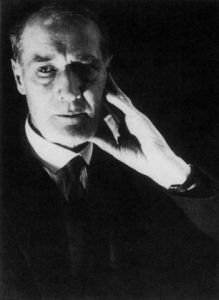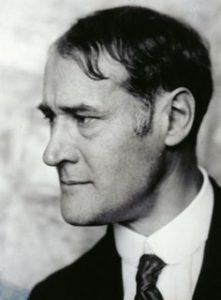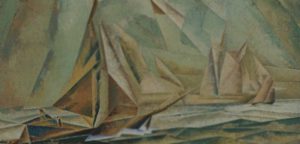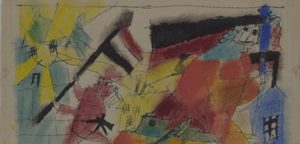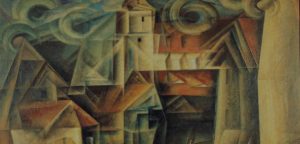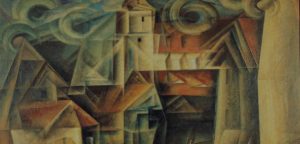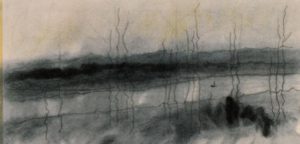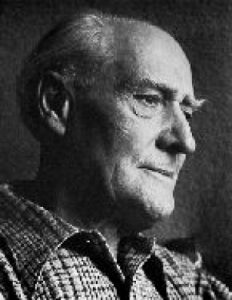He was born on the 17th of July in 1871 in New York, USA.
1871 - 1956
Lyonel Feininger
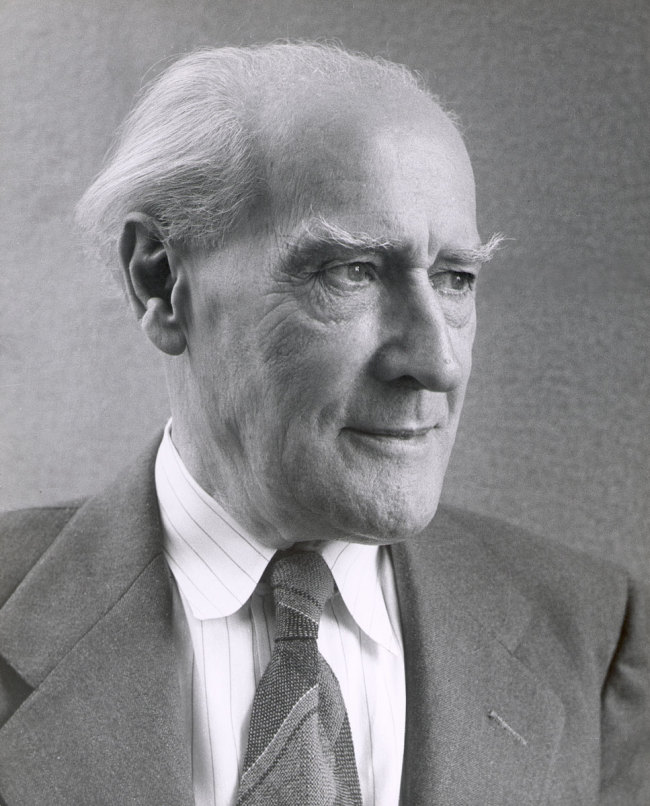
description
An American artist of German descent, outstanding graphic artist and cartoonist, photographer, talented teacher.
He was born into a family of musicians from Germany. From an early age, he demonstrated musical abilities; his parents saw him as a successful musician. After the family moved to Germany in 1887, Lyonel preferred fine art to music. He attended an art school in Hamburg; in 1889-1892 he was a student at the Art Academy in Berlin. In his student years, the artist began collaborating with the magazine “Humorous Pages”, where he published his caricatures.
Lyonel Feininger became famous in the United States as the author of witty caricatures and funny comics that were published in weekly magazines; although, he gained true recognition in his historical homeland – in Germany, where his most fruitful years passed. Feininger closely collaborated with the members of the Munich association “Blue Rider” and actively participated in joint exhibitions of Expressionists. He was one of the founders of the group “Four Blues”, which, unfortunately, lasted a very short time. The artist’s life is connected with the Weimar “Bauhaus”: there he taught engraving and painting, illustrated didactic publications and designed the art gallery of the institution. The work of the artist is marked by his own bright style, based on a mixture of Cubism, Futurism and Expressionism with a touch of romance in the stories and images.
Key ideas:
– The art of Lyonel Feininger is distinguished by a special color harmony and grace of forms. Being a talented musician, he managed to transfer to the canvas the subtlest shades of color, which overflowing and playing on numerous surfaces create a special sound for each painting of the master. Following the traditions of Cubism, Futurism and Expressionism, the artist sought to capture in his canvases life in all its versatility, relentless movement and the pursuit of beauty.
– In the paintings and graphics of Feininger, there are architectural motifs depicting fictional streets and congestions of pointed houses, often skyscrapers, as well as seascapes with lonely ships and sailboats on the horizon. In his paintings, the artist created his own fantasy world, where figures seem to dissolve in space, and the translucent intersecting planes only hint at the rays of light and fragile shapes. With the help of these techniques, the artist managed to achieve an amazing effect of movement. This is particularly evident in the picture “Steamer One” (19270, where it seems that the huge ship is slowly approaching the shore from the otherworldly spaces and in the canvas “Bicycle race” (1912), in which the impetuosity of the movement is seen.
– An important role in the artist’s works is played by the interaction of color and line. Feininger was an unsurpassed master of color harmony who could subtly feel the slightest nuances and transitions of shades. In his paintings, color plays the main role, creating a volume of objects and the depth of space, while a line just highlights the direction, enhances the effect and impression of the canvas.
– Many works of the master, which can be attributed to the Cubist, are filled with a special romance and lyricism, despite the strict geometry of the shapes. They are imbued with a sense of unreality and make the viewer plunge into a wonderful kaleidoscope of flickering colors and shaky shapes.
1871
1892
1906
1911
1917
1924
1930
1956
The birth of the artist
Went to Paris
Went to Paris to continue studying fine arts. The artist visited the Colarossi Academy, although the following year he returned to Berlin. In the capital of Germany, Feininger worked as an illustrator at various newspapers and magazines. During this period, he was engaged in only graphics, achieving certain popularity in the creative community.
Cubism
Once again he went to Paris, where he saw the works of Cubists G. Braque and P. Picasso, as well as the paintings by Fauvist H. Matisse. Impressed by those works, the artist decided to study painting seriously and entered the Filippo Colarossi School again. He experimented with the decomposition of an object into its components and the depiction of objects from various angles. In the artist’s paintings, characteristic for Fauvism and Cubism appeared – most often Feininger depicted architectural motifs. In 1908, the artist returned to Berlin with a renewed baggage of ideas and techniques.
He met R. Delaunay
He met R. Delaunay, who helped the artist develop his creative skills in many ways. Feininger began to work in the style of a kind of Abstract Cubism, adding to it his own findings and gradually developing a bright individual style. In 1912, he closely communicated with the members of the Expressionist Union “Blue Horseman”, participated with them in collective exhibitions in Berlin and Munich; a year later he showed his works at the exhibition of the Autumn Salon in Berlin. Since that time, Feininger’s works had acquired romanticism and fantasy characteristic of the author’s mature style.
The first personal exhibition of the artist
The first personal exhibition of the artist was held at the prestigious Sturm Gallery in Berlin. After the war, he was invited by Walter Gropius to become a graphic teacher at the famous Bauhaus design school. During that period, the artist worked a lot on graphic techniques. He developed a design for the cover of the manifesto of the educational institution and designed the art gallery of the school.
«Blaue Vier»
The artist became one of the founders and the ideologist of the program of the exhibition society “Blue Four” (German “Blaue Vier”), which did not exist long due to the development of the political situation in Germany.
The artist’s work was declared “degenerate”
When the Nazis came to power, the artist’s work was declared “degenerate”; his paintings were taken away from museums and galleries, while he himself was forced to go to America in 1938. In the USA, Lyonel Feininger spent the next two decades in New York, painting skyscrapers and Manhattan streets.
The death of the artist
He passed away on the 13th of January in 1956 in New York, USA.
Lyonel Feininger
On Artist
flow
Futurism
Expressionism
friends
Albert Bloch
Robert Delone
Wassily Kandinsky
Franz Marc
artists
Aubrey Beardsley
Henri de Toulouse-Lautrec
Pablo Picasso
Henri Matisse
George Braque
Theophil Steinlen
Caspar David Friedrich
By Artist
flow
Abstract expressionism
Cubism
friends
Paul Klee
Marsden Hartley

